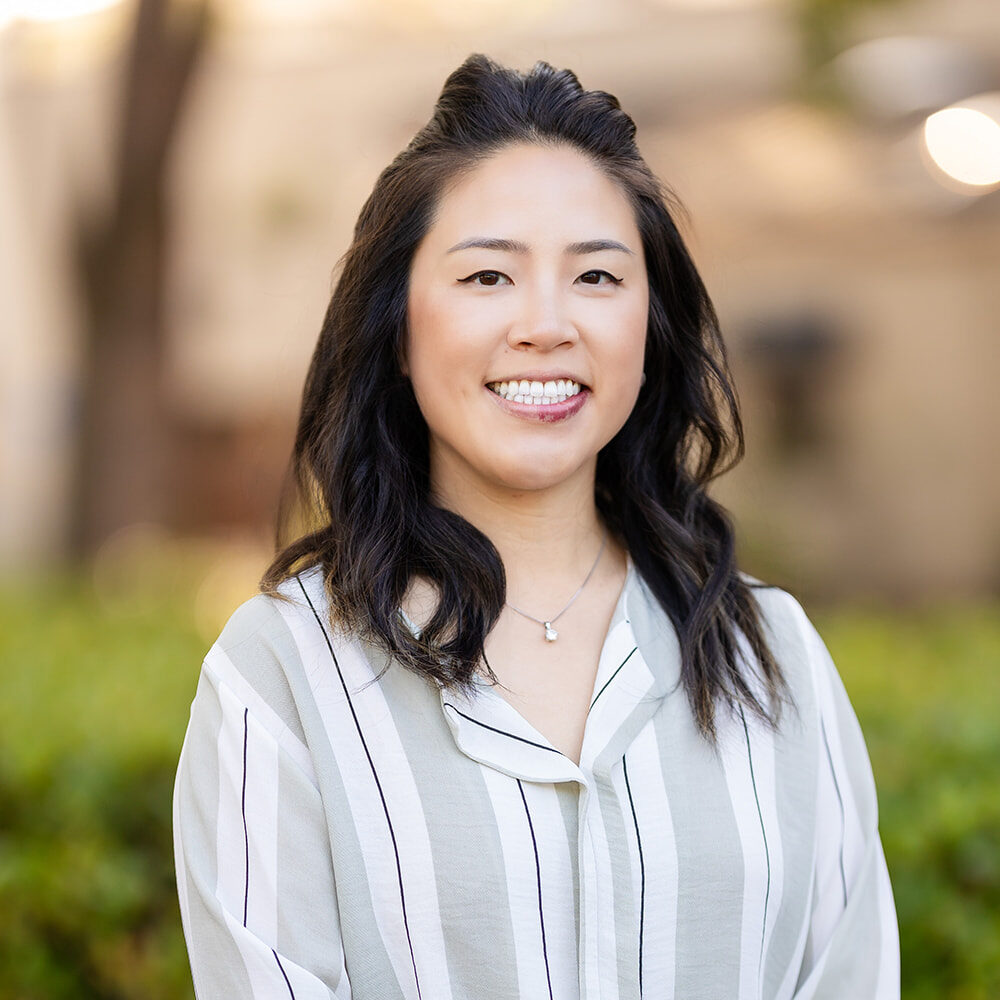Our Practice
Just Laughs, Just Smiles, Just Kids!
What Makes Our Smiles Shine

Our Mission
Just Kids Pediatric Dentistry & Orthodontics aims to create a joyful and caring environment where every patient feels valued and supported. We deliver exceptional, evidence-based care while embracing teamwork, growth, innovation, and technology to promote lifelong oral health.
From our kid-friendly office décor to our attentive team who treats every patient like family, we ensure that every appointment is filled with fun, comfort, and top-notch care that truly makes your smile shine bright.
A "Wow" Experience Every Visit
From a warm welcome to gentle care, we make each visit enjoyable for kids and reassuring for parents.
A Fun & Comfortable Atmosphere
Engaging toys, ceiling-mounted TVs, and a thoughtfully designed space keeps families at ease.
Lifelong, Healthy Smiles
Through education, innovation, and a supportive team, families feel confident in their oral health journey.
Friendly Faces Behind
Every Smile
Our dedicated dental experts are passionate about nurturing bright, healthy smiles, turning every visit into a joyful, family-friendly experience.

I grew up here in the Bay Area, attended college at UC Davis, and went on to obtain my Doctor of Dental Medicine degree at Temple University in Philadelphia, Pennsylvania. It was in the city of brotherly love where my passion to work with children was born and I went on to specialize in Pediatric Dentistry at UCLA.

As a pediatric dentist, it’s my passion to help children build a foundation for a lifetime of great oral health. That journey begins by establishing a dental home during your child’s first visit. My hope is that Just Kids Pediatric Dentistry is a place where children feel comfortable, cared for, and even excited to visit.

As a native of Fremont and former patient of Just Kids Pediatric Dentistry, I am so excited to now be a part of the JKPD team! I understand the importance of giving your kids the very best and will strive to make each visit a happy, fun, and positive experience.

I’ve been thoroughly blessed throughout my 35-year career in dentistry. I’m honored by the trust parents place in me to be part of their children’s oral health journey. I’ve fondly watched those little ones grow up, and it’s incredibly rewarding when they return years later—now bringing their own children to see me.


I am beyond excited to be joining Just Kids Pediatric Dentistry where the Bay Area Sports teams are loved and where your kids are in excellent hands! My name is Dr. Johanna Tan and I was born and raised in San Francisco, CA.

As a lifelong resident of the Bay Area, I am thrilled to come back to Fremont to provide the best care here at JKPD! l will treat your children like my own, and will do all I can so they can have positive dental experiences and healthy smiles. I strive to make every visit comfortable and fun for both you and your child.

Hi, I’m Dr. Avula. I grew up in the Central Valley of California and currently live in the Bay Area with my husband and our two young children. I knew from high school that I wanted to become a dentist. I completed both my undergraduate and dental education through an accelerated honors program at the University of the Pacific in just five years.

Hi, I’m Dr. Joanna Lee. I was born and raised in Castro Valley, California, and have always enjoyed working with children. I’ve had the opportunity to travel abroad to Mexico and Honduras to serve on humanitarian trips, which helped shape my passion for pediatric care. I completed my undergraduate studies at the University of California San Diego and went on to earn my dental degree from Roseman University of Health Sciences College of Dental Medicine.

I am thrilled to join the Just Kids Pediatric Dentistry team and honored to be entrusted with your child’s oral health. I was born and raised in Southern California and am incredibly excited to call the Bay Area my new home.

My goal is to make my patients feel at ease and to give them a positive, and memorable dental experience. My favorite part about being a pediatric dentist is making everlasting relationships with young children and having a positive impact on their lives.




The Team That Makes Smiles Happen
Our dedicated team is passionate about making every visit comfortable, fun, and stress-free — helping kids, teens, and parents feel at home with every smile.

High-Tech Care
Kid-Friendly Comfort
From laser dentistry to advanced orthodontics, our state-of-the-art technology ensures safe, gentle, and stress-free treatments designed with growing smiles in mind.

A quick, mess-free digital scan that makes treatment planning more precise and comfortable — no goopy impressions needed!

3D imaging that gives a complete picture of teeth and jaws, ensuring accurate, personalized treatment for growing smiles.

Advanced imaging powered by AI for sharper, more precise diagnostics, ensuring safer, faster, and more effective dental care.

A gentle, noiseless laser that replaces drills for faster, stress-free treatments — often without the need for numbing.
Explore Your New Dental Home
Take a virtual tour of our warm, family-friendly offices, designed to keep kids, teens, and parents comfortable at every visit.
